84 Year’s ago ‘Snow White and the Seven Dwarfs’ was released in the UK. It was the first full-length, hand-drawn feature film and the earliest Disney animated feature film. While it was not the first-ever animated film in the history of animation, it is probably one of the most well-received. Many of the earlier films have since been lost, which helps to legitimise Snow White as one of the earliest (still surviving) feature animations.
The history of animation, however, does not start with Snow White. Early animation has been found in Palaeolithic cave paintings, where animals were depicted with extra legs to indicate movement. It is believed that with the flickering lights of the flame it may appear that the animal was moving. However, animation as we now know it begins to emerge in the 1800s with the introduction of the Thaumatrope and similar devices.
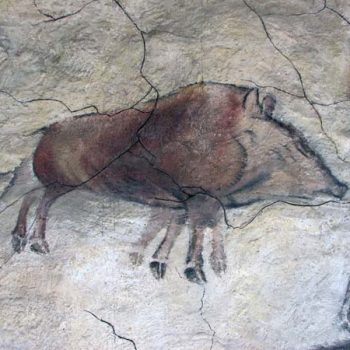
1800’s
- The history of animation begins with the Thaumatrope. The Thaumatrope was a disc with images on both sides that was attached to a string and when pulled, the disc would spin thus making the images change and create the impression of movement. By 1868 animation had changed massively with the popularity of the Flipbook, which is still being used today.
1900
- One of the key new techniques that came from the early 1900s was rotoscoping. Rotoscoping is the method of filming live-action and then tracing over it frame by frame to produce realistic action. Rotoscoping is a technique that is still used today.
1914
- ‘Gertie the Dinosaur’ was created. This was the first animation to use keyframe animation. Even though Gertie was created during the silent era she was one of the first animated characters to have a name and personality which attributed to her success.
- ‘The Lost World’ is one of the first films to use stop motion animation as well as Claymation. The effect was so realistic that some of the audience were startled by the creatures.
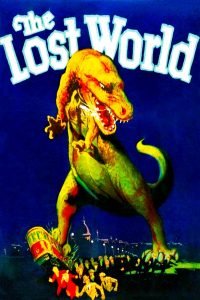
1926
- As we’ve already mentioned in our International Women’s day blog the first feature-length animation came in 1926 when Lottie Reiniger released ‘The Adventures of Prince Achmed’.
1928
- Mickey and Minnie Mouse make their public debut in 1928, in an early Disney short called ‘Steamboat Willie’. This was the first animation with synchronised sound, which Walt Disney wanted to emphasise by having Mickey and Minnie using various objects (including the animals) on the boat as percussion. Each frame of movement was drawn onto celluloid and then photographed with a Multiplane Camera which helped to add depth to the animation. One of the central themes in Steamboat Willie is comical violence. this was the first time that violence was shown in a lighthearted way. Since then violence has become a key theme for many modern-day cartoons, for example, ‘The Simpsons’ and the ‘Itchy and Scratchy Show’ from The Simpsons.
1929/30s
- The Wall Street crash and The Great Depression which followed really helped animation cement itself within the heart of many Americans. As the nations spending money and general morale decreased they needed something to cheer them up. This is where animation steps in. The 1930s saw a boom in the production of cartoons and animations such as ‘Betty Boop’ and ‘Popeye‘.
1938
- ‘Snow White and the Seven Dwarfs’ is released. The film made over $8 million internationally during its initial release (due to its popularity it was released several more times). This meant that it briefly held the record of the highest-grossing sound-film at the time. Several of the scenes in Snow White were animated using rotoscoping technology which really allowed Snow White to have human movements.
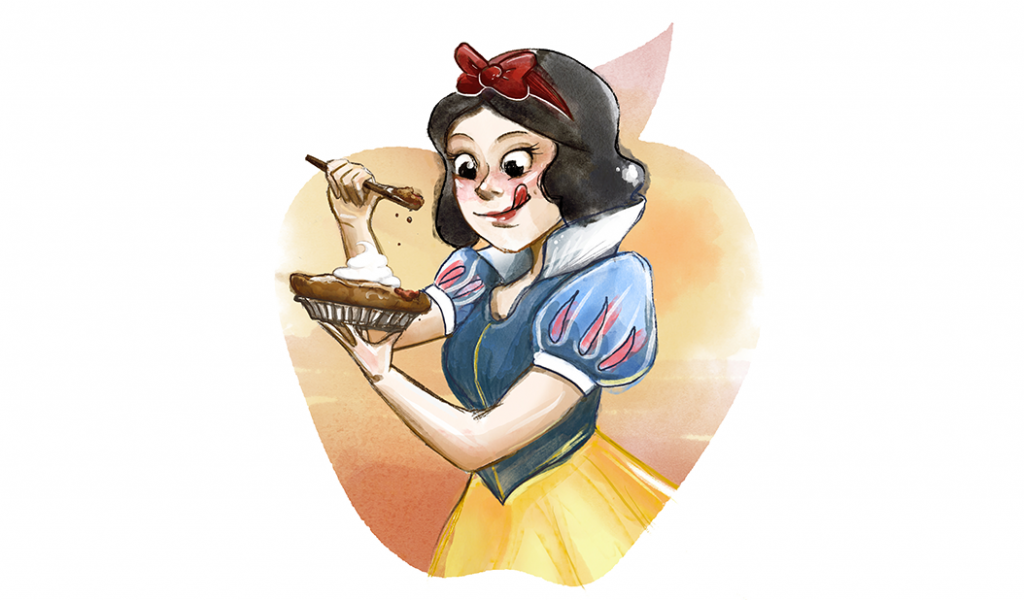
1948
- Post World War II Eastern Europe sees increased popularity in Puppet animation. In 1948 Hans Christian Anderson story ‘The Emperors Nightingale’ premiers.
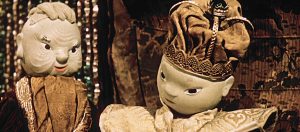
1960
- Hanna Barbera Studios made the first prime time animated TV series, ‘The Flintstones‘.
1988
- Anime was introduced to the west for the first time. Since then anime has only gained in popularity.
1989
- ‘Tin Toy’ became the first computer-animated film to win the academy award for best animated short.
- Fellow Bristol-based company Aardman Animation begin to gain popularity using their now-iconic stop motion animation/claymation techniques.
- ‘The Simpsons’ premieres. (The Simpsons is now the longest-running primetime scripted series)
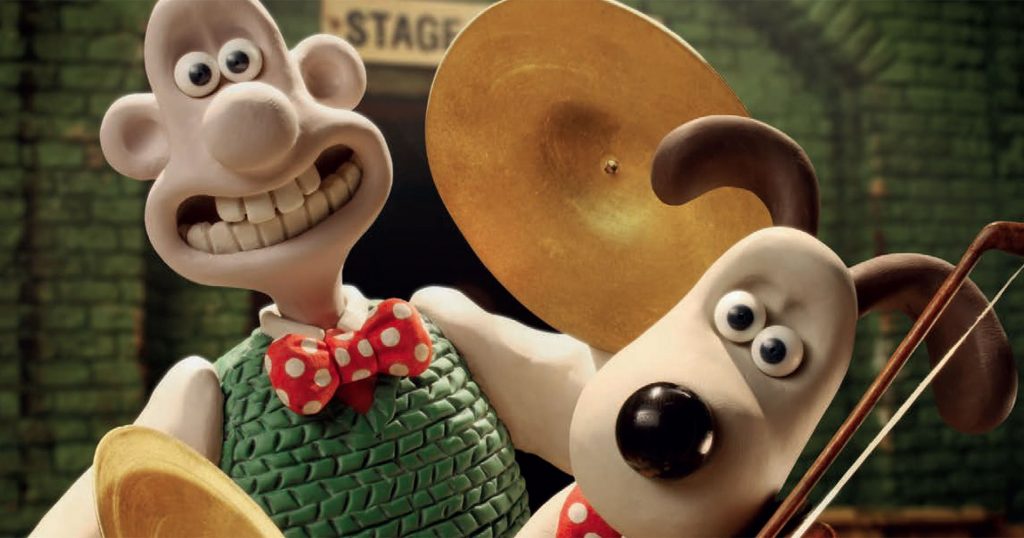
1995
- Shortly after the success of Tin Toy, ‘Toy Story’ was released. Toy Story was the first completely computer-animated feature film. The film was a huge box office success making $350 Million. Depending on its complexity, each frame of the animation took from 45 minutes up to 30 hours to render. The film required 800,000 machine hours and 114,240 frames of animation in total. At the time of its release, it was the third-highest-grossing animated film of all time, after ‘The lion King‘ and ‘Aladdin’.
2006
- In 2006 Richard Linklater directed ‘A Scanner Darkly’ using rotoscope technology. He first filmed everything in live-action and then used Rotoshop to animate it. It is believed that Linklater wanted to use this technique as he wanted the film to feel like a lucid dream, but also because he believed that there wasn’t any animation aimed at adults.
2009
- James Cameron’s 2009 film of the year, ‘Avatar’, takes CGI to the next level. It took 4 years to create the film. It is predicted that we will see the return of Avatar in 2020. Prior to CGI, studios would use Claymation to make ‘realistic’ characters. (Claymation was used in Jason in the Argonauts to create the oh so realistic skeletons!)
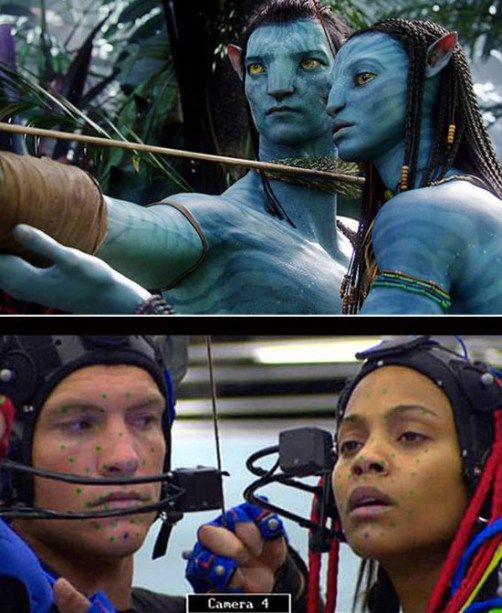
2017
- ‘Loving Vincent’ is released. Similarly to A Scanner Darkly, the film was first filmed in live-action and then using the same technique as Van Gogh each of the 65,000 frames were oil painted and then animated together.
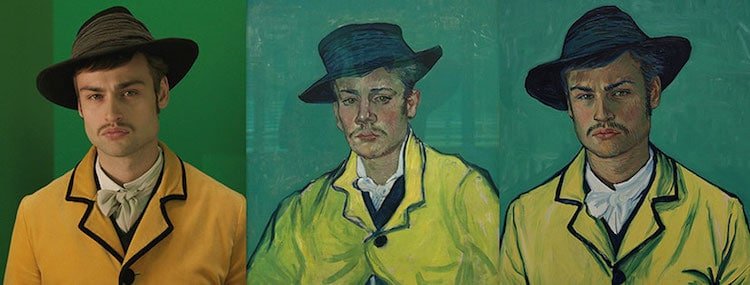
Present
Most animated TV programs nowadays are made with a software called ToonBoom, which works like a Multiplane Camera, adding layers to the animation. ToonBoom is a modernised computer version of the traditional cell animation techniques.
If the history of animation has taught us anything, it’s to expect the unexpected. Who knows what is to come in the future of animation? But if animation continues to progress in the 21st century as quickly and successfully as in the 20th century then we have a lot to look forward to!
If you are interested in creating an animation, and potentially be in someone else history of animation blog in 20 years, then please don’t hesitate to get in touch by email jon@studiogiggle.co.uk or call 0117 972 0081


